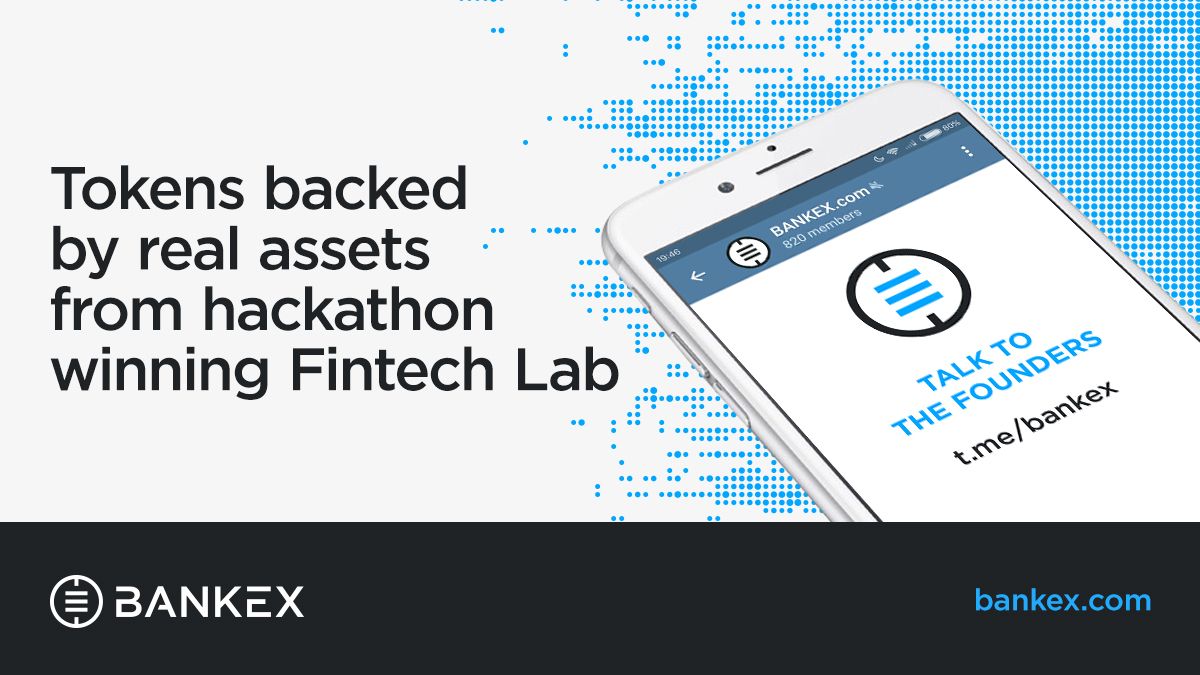From Proof-of-Work to Proof-of-Asset. And you, what is your proof?
Proof-of-work
The modern history of cryptoeconomics began with the appearance of bitcoin, which has now become the main digital currency. Even though you cannot touch bitcoin or put it in your pocket, people believe that it has considerable value, as reflected in its current exchange rate. Let’s take the example of bitcoin and see how systems built on blockchain technology generate trust.
From a programmer’s point of view, blockchain is a distributed, non-modifiable database making use of cryptography. Pure mathematics, nothing more. Where’s the trust? The thing is that the blockchain network can only really function if a majority of generally mutually unacquainted and distrustful people support the functioning of its nodes and find hashes to complete the blocks in which transactions are recorded. These people are called miners and for their work, they are rewarded with new digital currency units.

Unlike the miners of old who would receive their pay from the accountant based on records made by their boss, indicating who has worked for how many days, a cryptocurrency miner has nowhere to turn: the blockchain is a decentralized network, it has no management. In the Bitcoin network, everything takes place on the basis of a specified algorithm — when the lucky miner finds the right key for the current block, his wallet is credited with new coins in reward for the societally beneficial work he has completed. Miners spend completely tangible, real money to purchase equipment and pay electric bills, so their reward is fully earned.
This is exactly why the protocol used for Bitcoin is called proof-of-work — the fact of completed work is easily verified, while the reproduction of the entire work anew is extremely problematic. This renders the editing of previously completed transactions technologically impossible and ensures general trust in Bitcoin.
For a relatively primitive thing like cryptocurrency, a confirmation that the work to create it was completed is sufficient. Bitcoin simply exists and that’s that — it has no additional characteristics, it constitutes pure value, but can however perform all of the usual economic functions of money — be a measure of value, a means of circulation, a means of payment and a store of value, and will soon be a candidate for the role of global currency, aiming to surpass the U.S. dollar. The Proof-of-Work protocol is not the only option — there are alternatives. For example, the second largest blockchain network after Bitcoin — Ethereum — is preparing to switch to the Proof-of-Stake (PoS) protocol. In this protocol, the creator of the signature key for a transaction block must prove ownership of a stake in the system in the form of a non-zero cryptocurrency balance.
As we move to operations with real assets in cryptoeconomics, proof becomes more complicated. This is because any real asset has a number of descriptive parameters, related rights and permissible operations. Furthermore, real assets exist in time and space, and not necessarily forever, which also needs to be taken into account.
Take a car — in order to decide on a purchase, you need to know the make, model, color, configuration, engine type and power, fuel consumption, warranty terms, insurance cost and leasing options in addition to the price. You also need to know for certain that the particular car you plan on buying truly exists, is in good condition and is not mortgaged. Only then is a transaction possible.
Operations with crypto-assets representing such objects require a significantly more sophisticated protocol that accounts for their variety, complexity and ensures their link to the real world. The intent behind the Proof-of-Asset Protocol proposed by BANKEX is to provide instant and continuous auditing of an asset that would serve to prove its existence and minimize the risk of carrying out transactions with the asset.
Proof-of-Asset Protocol — step by step
The logic behind the Proof-of-Asset Protocol is based on Ethereum smart contracts, and thus benefits from all of their infrastructural advantages. Similar to microservice architecture for business applications, the Blockchain Service Architecture can be seen as a structured, sequential chain of smart contracts, supplemented with oracles that may be connected like microservices. What’s more, the number of steps and the contract content at each step is determined by the business logic of the productive or financial asset to be tokenized.
Take a look at the creation procedure for a typical Smart Asset. We see five logical steps of the Proof-of-Asset Protocol that are desirable in order to call a token a Smart Asset:
- initial contract;
- validation;
- audit;
- legal;
- proposal.
The creation of a Smart Asset of a particular type does not necessarily require using all steps; rather, only the steps required in each specific case are used.
BANKEX is available at:
Website: https://bankex.com/
Telegram: https://t.me/bankex
Facebook: https://www.facebook.com/BankExchange/
GitHub: https://github.com/BankEx
Slack: http://bit.ly/slack-bankex
Reddit: https://www.reddit.com/r/bankex/